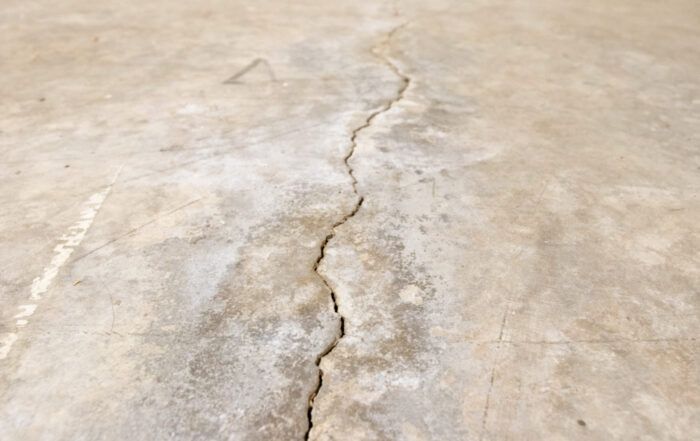7 Signs You Have A Sinking Foundation (And How To Fix It)
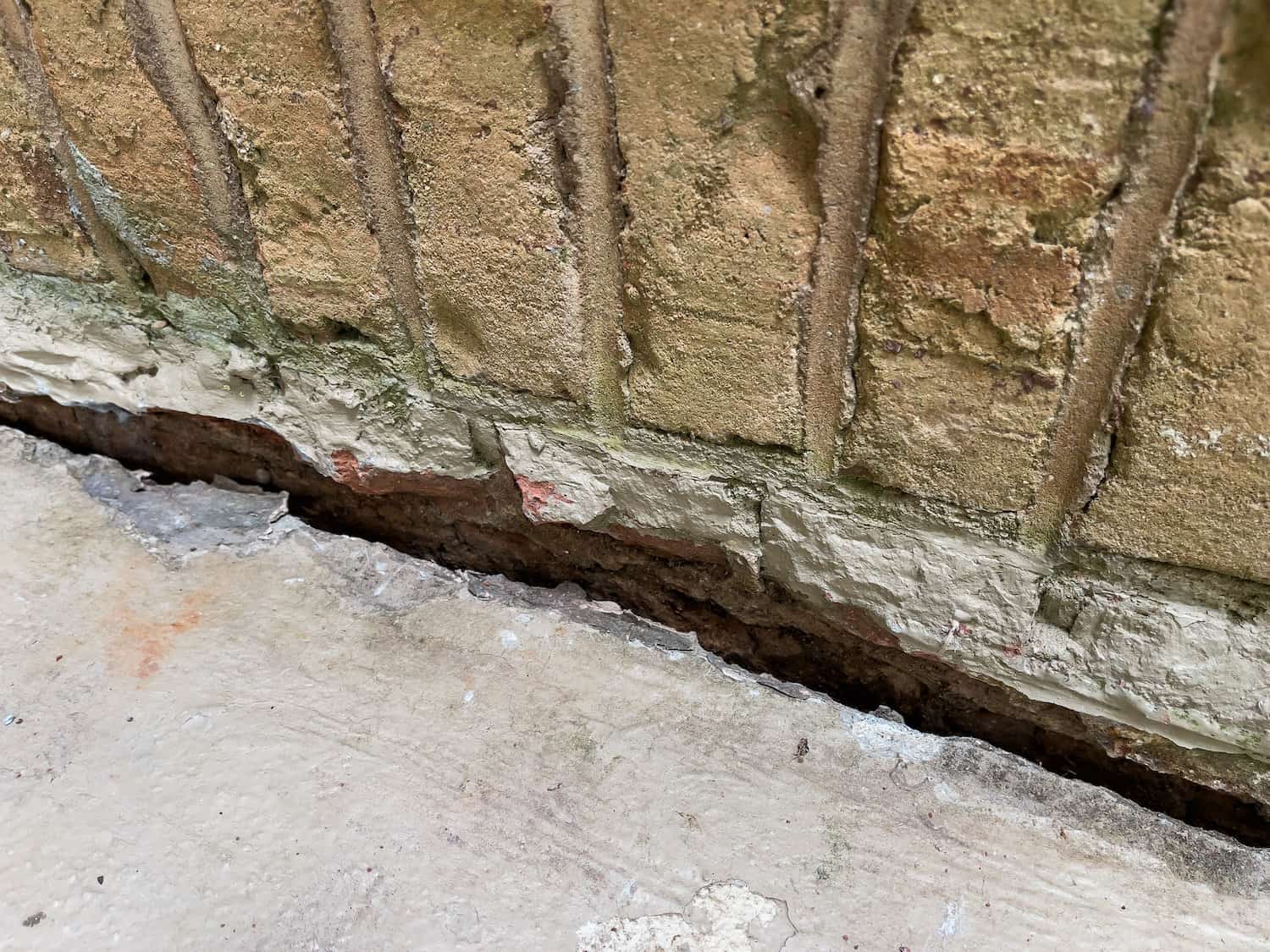
Coins, rocks, anchors… these are all things that sink. No one ever wants their home to get added to that list. 😳
Unfortunately, things like extreme weather, erosion, poor installations, and old age can cause your home’s foundation to sink. Whether you’ve lived in your home for years or you’re touring new homes, it’s vital to be aware of the signs of a sinking foundation so that you can get it fixed ASAP.
Here are 7 common signs of a sinking foundation and the next steps you should take to get it fixed.
1) Cracks in Interior or Exterior Walls
You may notice little hairpin cracks in your exterior or interior walls during your time as a homeowner. Usually, these cracks aren’t too concerning as long as they don’t grow or get worse. But if you notice a larger crack or a hairpin crack that’s starting to get bigger and bigger, then you should be on alert.
Drywall cracks around the corners of your windows and doors anywhere in your home are usually a tell-tale sign that you have foundation trouble. Keep an eye out for if a crack has been repaired before but it opens again— this is another indicator of foundation settlement problems.
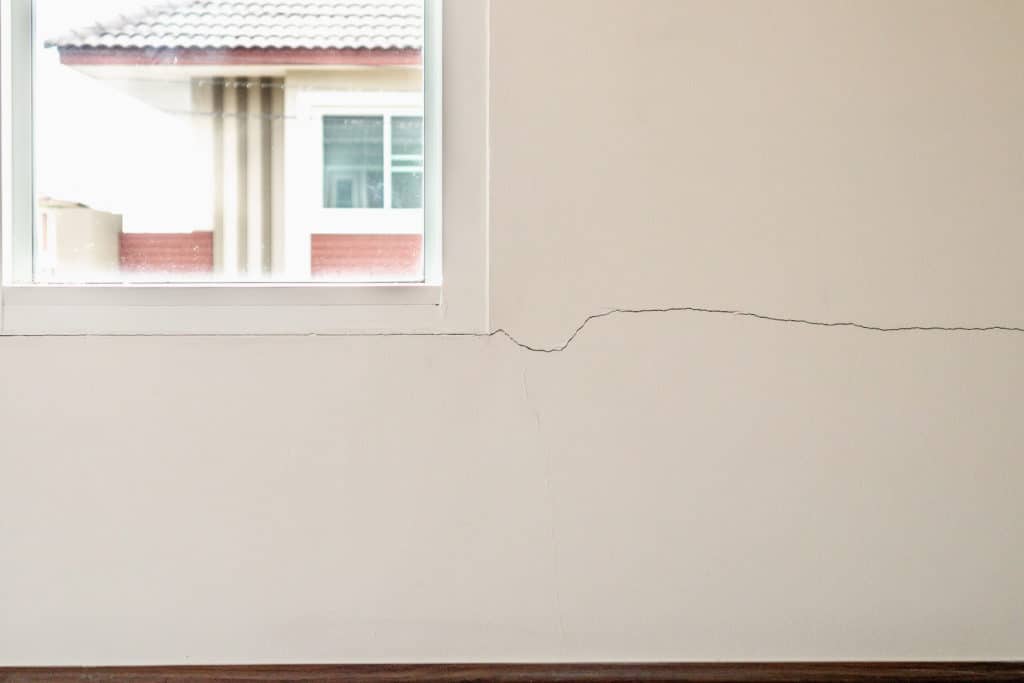
2) Sticking Windows and Doors
Often, sticking windows that are hard to open are simply an indicator of worn-out and aged windows. However, if your windows and doors are sticking at the same time, that could be a sign of a sinking foundation.
If you’re not sure whether your sticking windows and doors are a foundation issue or just a sign of needing new windows, grab a four-foot level and place it on top of the window or door frame. If things aren’t level, it’s a good idea to call a foundation repair professional to come inspect your property.
3) Uneven Floors
Uneven floors are almost always a foolproof sign of foundation damage. Uneven floors can either be very obvious or incredibly subtle. If you have any suspicions, grab that same four-foot level and place it on your floor.
Sloping floors are urgent issues, so be sure to call a professional concrete contractor if things look or feel uneven.
4) Floor Cracks
Cracks in your walls are signs of a sinking foundation, and so are cracks in your floor. If you have a concrete or tile floor in your basement, keep your eye out for cracks. If any cracks form where your walls meet the floor, or if you see large cracks that span the length of your floor, definitely act fast.
Keep in mind that there are some foundation cracks that are normal. Harmless shrinkage cracks often occur in poured concrete foundations. These cracks happen when the concrete cures within the first year of installation, and they usually do not change over time.
Instead, keep your eyes peeled for foundation cracks that appear years after the home was built or grow larger over time.
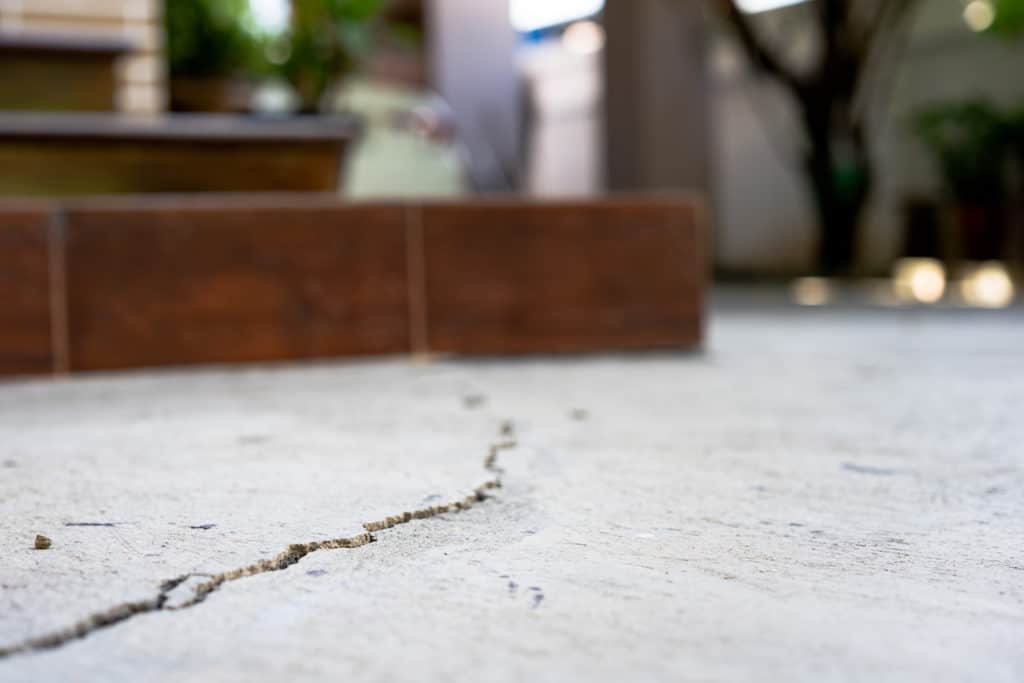
5) Excessive Weeds Near Your Foundation
Almost every homeowner has to deal with weeds in their yard. Usually, the occasional weed here and there doesn’t indicate much about your hard or home. However, if you notice a lot of weeds sprouting up near your home’s foundation, sound the alarms. 🚨
Clustered weeds very close to your foundation line could indicate excess moisture in the area. Too much moisture is bad news for concrete foundations, as it is one of the main culprits in causing a foundation to shift, sink, or warp.
6) Warped Siding
Your exterior siding can warp and crack because of old age, storm damage, or excessive heat. But warped siding could also be a sign of your foundation sinking.
Keep your eyes peeled for gaps between siding planks or malformed appearances. If this sign is paired with another one on this list, you can feel pretty confident that you’re dealing with foundation issues, and you should call a professional right away.
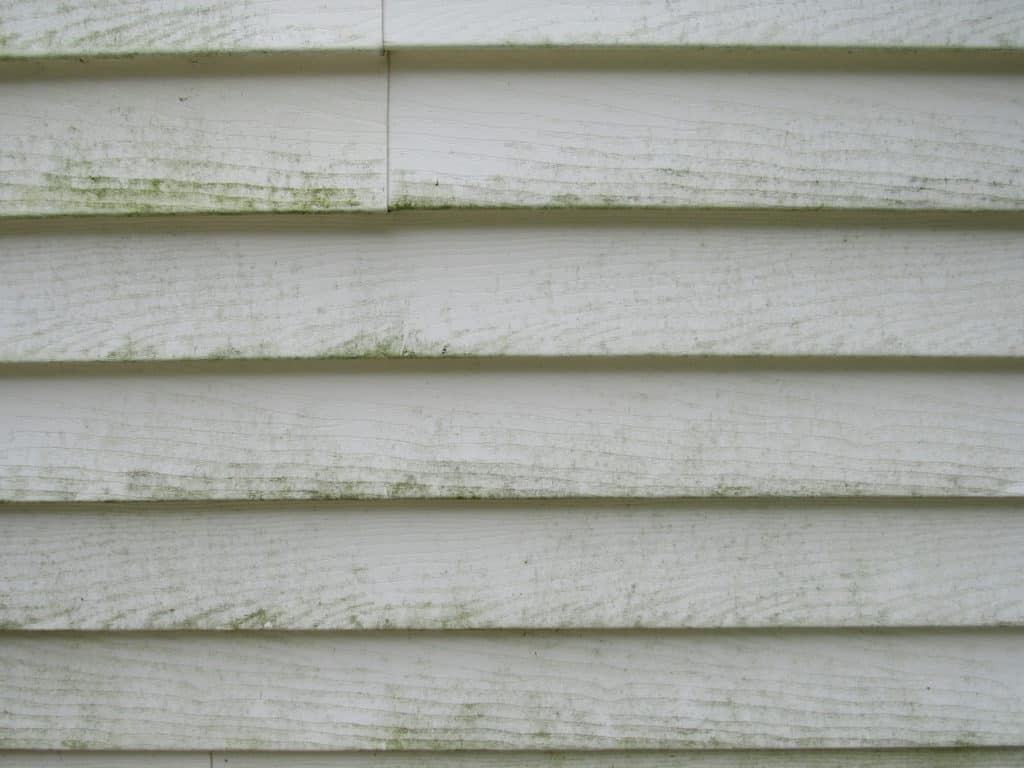
7) Spongy Floorboards
If one day you hear your kids yell “the floor is bouncy!” and watch them start jumping up and down, or if you feel a spring in your own step, then you’re definitely dealing with foundation problems.
Even though it could be fun, your home shouldn’t be a bouncy house. If your floorboards feel soft and spongy, then your foundation could be settling. It can also indicate severe termite damage. Either way, don’t let the issue pass you by.
How to Fix a Sinking Foundation
Any of these 7 signs can be alarming and overwhelming. Most homeowners account for regular repairs on their cars and HVAC system, but not their foundation.
Thankfully, it is possible to fix a sinking foundation. If you notice any of the signs on this list, call a trusted local foundation repair contractor right away. They will come out to your property and assess the situation. An honest contractor will either tell you that you have nothing to worry about, or they’ll explain any damage occurring in your foundation.
A skilled contractor can perform foundation repairs with one of the following repair techniques:
- Concrete piers
- Steel piers
- Drilled piers
- Mud-jacking
The Best Foundation Contractors Take It One Step Further
Many foundation repair contractors will show up to your property and make a one-size-fits-all repair. And this can help your foundation work as needed for a short period of time! But, the best types of foundation repair experts take a closer look at your soil and make an informed decision based on your soil type, drainage, and landscaping which helps your foundation repair last for decades.
At Perma Pier Foundation Repair of Texas, we are the only foundation repair team in Texas with staff trained in geological science. When #ShiftHappens to your foundation, you don’t want to trust anyone else but Perma Pier.
If you think you might be dealing with a sinking foundation, contact us today and we’ll perform a free inspection!

